Chamomile flowers have a characteristic, strong aromatic smell and taste somewhat bitter!
The main growing areas are the warm, dry countries in Eastern and Southeastern Europe. The climate there favors the quality of the ingredients.
INGREDIENTS
Above all, essential oils as the main carrier of effectiveness, flavonoids, coumarins and matricin.
EFFECT
Both aqueous and alcoholic extracts from chamomile flowers have an anti-inflammatory effect on the skin and mucous membranes of the stomach, oral cavity and gums, but also in the genital and anal areas. They have an antispasmodic effect in the stomach and intestines. They accelerate wound healing in the case of abrasions and also in the follow-up treatment of surgical scars.
APPLICATION
INTERNALLY:
- For cramp-like complaints and inflammatory diseases in the gastrointestinal area.
EXTERNAL:
- For inflammatory skin and mucous membrane diseases.
- As an inhalation for inflammation and irritation of the airways.
- as a spice or in tea mixtures for digestive problems or nervous gastrointestinal diseases
- in herbal medicinal preparations against low blood pressure
- Ointments, rubs to improve blood circulation for rheumatic complaints, inflammation and swelling of the muscles
- as a full bath due to its invigorating and circulation-stimulating effect for regeneration in case of tiredness, physical and mental exhaustion.
- In the case of muscular rheumatism, full baths have an anti-inflammatory effect and the mobility of the muscles is improved.
RISKS & SIDE EFFECTS
In rare cases, reactions can occur if you have known allergies to daisy plants.
SOURCES
- Ammon H. P. T.: Hunnius Pharmaceutical Dictionary. 9. Edition, Berlin 2004
- Schilcher H.: Chamomile. 1. Edition, Stuttgart 1987
- Wichtl M.: Tea drugs and phytopharmaceuticals. 5. Edition, Stuttgart 2009


